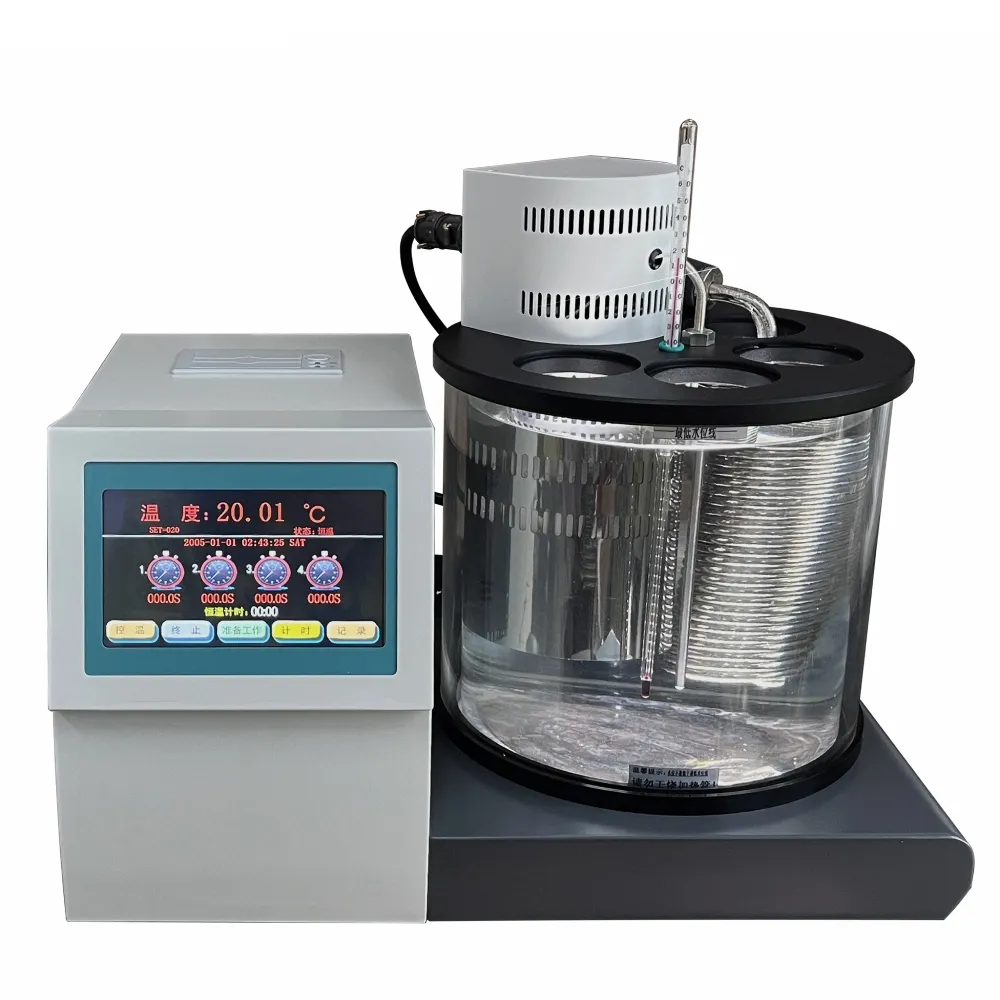TEL:
+86-0312-3189593
 English
English

Telephone:0312-3189593

Email:sales@oil-tester.com

-
 Afrikaans
Afrikaans -
 Albanian
Albanian -
 Amharic
Amharic -
 Arabic
Arabic -
 Armenian
Armenian -
 Azerbaijani
Azerbaijani -
 Basque
Basque -
 Belarusian
Belarusian -
 Bengali
Bengali -
 Bosnian
Bosnian -
 Bulgarian
Bulgarian -
 Catalan
Catalan -
 Cebuano
Cebuano -
 China
China -
 China (Taiwan)
China (Taiwan) -
 Corsican
Corsican -
 Croatian
Croatian -
 Czech
Czech -
 Danish
Danish -
 Dutch
Dutch -
 English
English -
 Esperanto
Esperanto -
 Estonian
Estonian -
 Finnish
Finnish -
 French
French -
 Frisian
Frisian -
 Galician
Galician -
 Georgian
Georgian -
 German
German -
 Greek
Greek -
 Gujarati
Gujarati -
 Haitian Creole
Haitian Creole -
 hausa
hausa -
 hawaiian
hawaiian -
 Hebrew
Hebrew -
 Hindi
Hindi -
 Miao
Miao -
 Hungarian
Hungarian -
 Icelandic
Icelandic -
 igbo
igbo -
 Indonesian
Indonesian -
 irish
irish -
 Italian
Italian -
 Japanese
Japanese -
 Javanese
Javanese -
 Kannada
Kannada -
 kazakh
kazakh -
 Khmer
Khmer -
 Rwandese
Rwandese -
 Korean
Korean -
 Kurdish
Kurdish -
 Kyrgyz
Kyrgyz -
 Lao
Lao -
 Latin
Latin -
 Latvian
Latvian -
 Lithuanian
Lithuanian -
 Luxembourgish
Luxembourgish -
 Macedonian
Macedonian -
 Malgashi
Malgashi -
 Malay
Malay -
 Malayalam
Malayalam -
 Maltese
Maltese -
 Maori
Maori -
 Marathi
Marathi -
 Mongolian
Mongolian -
 Myanmar
Myanmar -
 Nepali
Nepali -
 Norwegian
Norwegian -
 Norwegian
Norwegian -
 Occitan
Occitan -
 Pashto
Pashto -
 Persian
Persian -
 Polish
Polish -
 Portuguese
Portuguese -
 Punjabi
Punjabi -
 Romanian
Romanian -
 Russian
Russian -
 Samoan
Samoan -
 Scottish Gaelic
Scottish Gaelic -
 Serbian
Serbian -
 Sesotho
Sesotho -
 Shona
Shona -
 Sindhi
Sindhi -
 Sinhala
Sinhala -
 Slovak
Slovak -
 Slovenian
Slovenian -
 Somali
Somali -
 Spanish
Spanish -
 Sundanese
Sundanese -
 Swahili
Swahili -
 Swedish
Swedish -
 Tagalog
Tagalog -
 Tajik
Tajik -
 Tamil
Tamil -
 Tatar
Tatar -
 Telugu
Telugu -
 Thai
Thai -
 Turkish
Turkish -
 Turkmen
Turkmen -
 Ukrainian
Ukrainian -
 Urdu
Urdu -
 Uighur
Uighur -
 Uzbek
Uzbek -
 Vietnamese
Vietnamese -
 Welsh
Welsh -
 Bantu
Bantu -
 Yiddish
Yiddish -
 Yoruba
Yoruba -
 Zulu
Zulu
ಫೆಬ್ರ . 07, 2025 03:37
Back to list
dc withstand test
Induced overvoltage withstand tests are an essential measure to verify the reliability and robustness of electrical components and systems. These tests are crucial for assessing the ability of equipment to handle unexpected voltage spikes that could otherwise cause severe damage. In electrical engineering, understanding the intricacies of these tests can be the difference between a system that fails and one that stands resilient amidst power anomalies.
Trustworthiness in this context is reliant on the transparency and integrity of the test results. To foster trust, documenting each stage of the test procedure meticulously is essential. This includes recording the setup process, calibrations made, outcomes at various voltage levels, and any anomalies observed. Such documentation not only provides a record for future reference but also serves as proof of compliance with regulatory standards. In product development, integrating induced overvoltage withstand tests at various stages can enhance the reliability of the final product. Manufacturers can identify potential vulnerabilities and mitigate them before the product reaches the market. This proactive approach ensures that the product will perform reliably in environments where voltage fluctuations are common. It also reassures consumers and stakeholders about the product’s durability, thereby enhancing brand reputation. In conclusion, induced overvoltage withstand tests represent a critical facet of product development and quality assurance in the electrical engineering world. By combining experience, expert knowledge, authoritative guidelines, and trustworthy practices, these tests ensure that electrical equipment can maintain integrity under extreme conditions. A focus on these aspects will not only drive innovations but also lead to the development of safer, more reliable electrical products that stand the test of time in an ever-evolving electrical landscape.


Trustworthiness in this context is reliant on the transparency and integrity of the test results. To foster trust, documenting each stage of the test procedure meticulously is essential. This includes recording the setup process, calibrations made, outcomes at various voltage levels, and any anomalies observed. Such documentation not only provides a record for future reference but also serves as proof of compliance with regulatory standards. In product development, integrating induced overvoltage withstand tests at various stages can enhance the reliability of the final product. Manufacturers can identify potential vulnerabilities and mitigate them before the product reaches the market. This proactive approach ensures that the product will perform reliably in environments where voltage fluctuations are common. It also reassures consumers and stakeholders about the product’s durability, thereby enhancing brand reputation. In conclusion, induced overvoltage withstand tests represent a critical facet of product development and quality assurance in the electrical engineering world. By combining experience, expert knowledge, authoritative guidelines, and trustworthy practices, these tests ensure that electrical equipment can maintain integrity under extreme conditions. A focus on these aspects will not only drive innovations but also lead to the development of safer, more reliable electrical products that stand the test of time in an ever-evolving electrical landscape.
Previous:
Next:
Latest news
-
Testing Equipment Industry Sees Major Advancements in 2025: Smart & Precision Technologies Lead the WayNewsJun.06,2025
-
Applications of Direct Current Generators in Renewable Energy SystemsNewsJun.05,2025
-
Hipot Tester Calibration and Accuracy GuidelinesNewsJun.05,2025
-
Digital Circuit Breaker Analyzer Features and BenefitsNewsJun.05,2025
-
Benefits of Real-Time Power Quality Monitoring Devices for Industrial EfficiencyNewsJun.05,2025
-
Earth Fault Loop Testing in High-Rise Building Electrical SystemsNewsJun.05,2025



